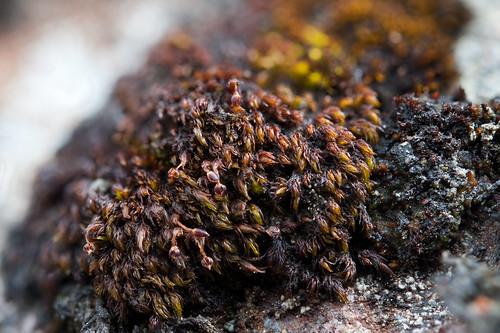
14417121659_36130c96e4.jpg from: https://www.flickr.com/photos/stephenbuchan/14417121659/in/album-72157645013206994/
Exploring the Fascinating World of Andreaea parvifolia Moss
Introduction
Mosses may be small, but they play a big role in many ecosystems around the world. One particularly interesting species is Andreaea parvifolia Müll.Hal., a moss in the Andreaeaceae family, also known simply as Andreaea. In this blog post, we’ll take a closer look at this tiny but mighty plant.
Background
Andreaea parvifolia is a species of moss classified in the Bryophyta division and Andreaeopsida class. The species name “

andreaea%2Bgenus.jpg from: https://forestid.blogspot.com/2016/06/andreaea-genus.html
parvifolia” means “small leaves” in Latin. Andreaea mosses are unique in that they have valvate capsules that split open along vertical lines to release spores, unlike most other mosses.
Morphology and Identification
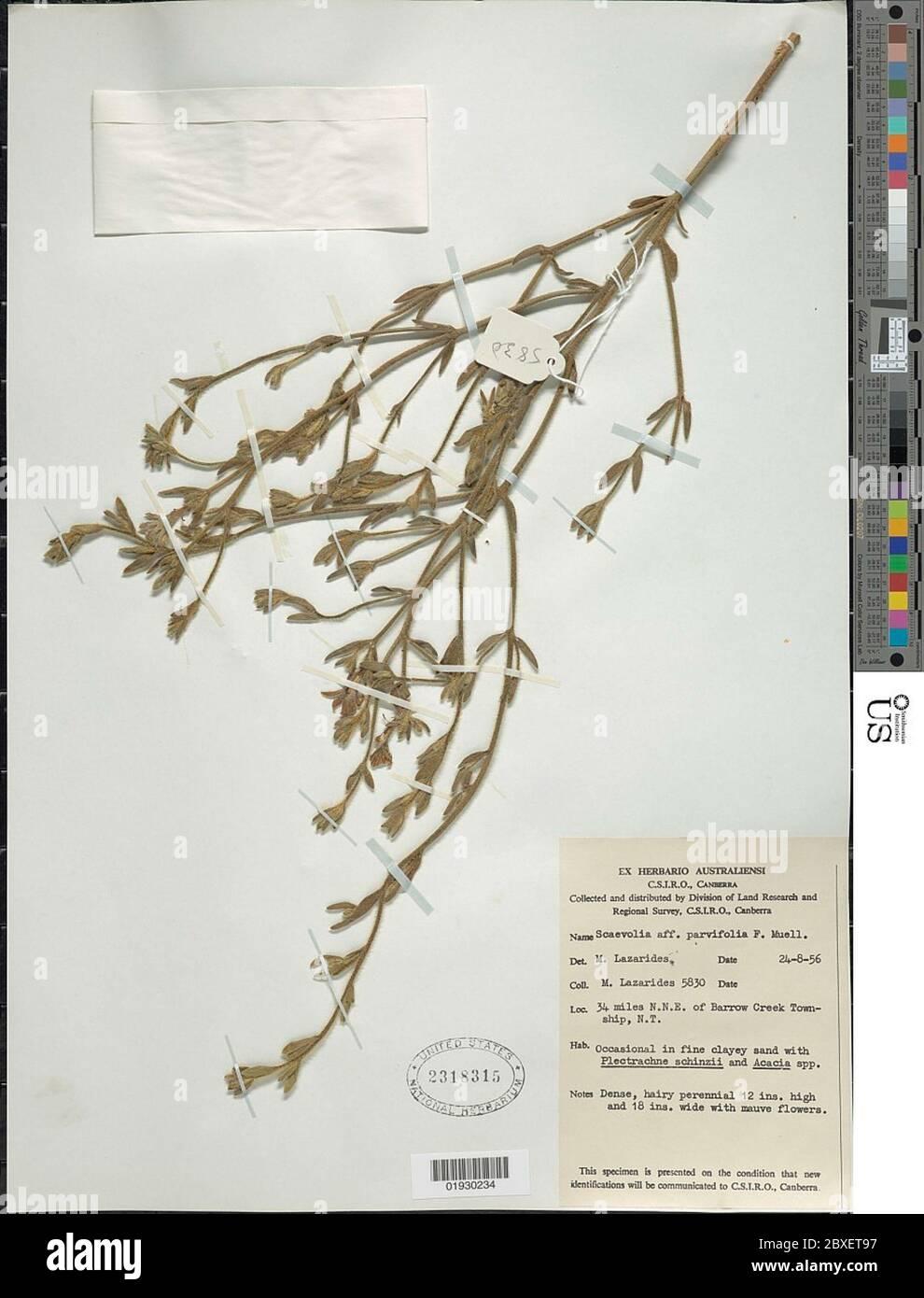
scaevola-parvifolia-f-muell-ex-benth-scaevola-parvifolia-f-muell-ex-benth-2BXET97.jpg from: https://www.alamy.com/scaevola-parvifolia-f-muell-ex-benth-scaevola-parvifolia-f-muell-ex-benth-image360514819.html
Andreaea parvifolia forms small, dark green to blackish tufts or cushions on rocks. The individual plants are typically 1-3 cm tall. The leaves are small, 0.5-1.5 mm long, and have a broadly ovate to ovate-lanceolate shape. They lack a midrib (costa) and have entire margins. The leaf cells are small and isodiametric.
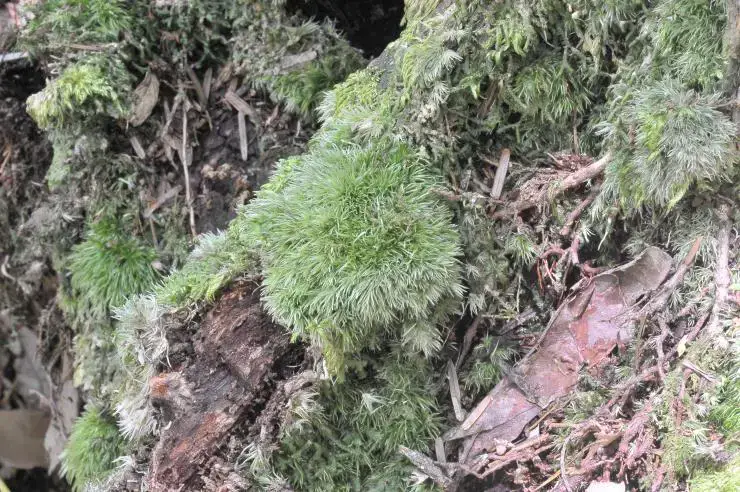
16083595bb6b5297d4932aee5f359826.jpg from: https://openmuseum.tw/muse/digi_object/2355523fe7d6b11d4b7a8ac495911fd7
Sporophytes are common and consist of a short seta (stalk) and a blackish, ovoid capsule. The capsule splits open via 4-8 vertical slits to release the spores. Spores are multicellular and relatively large at 25-100 μm in diameter.
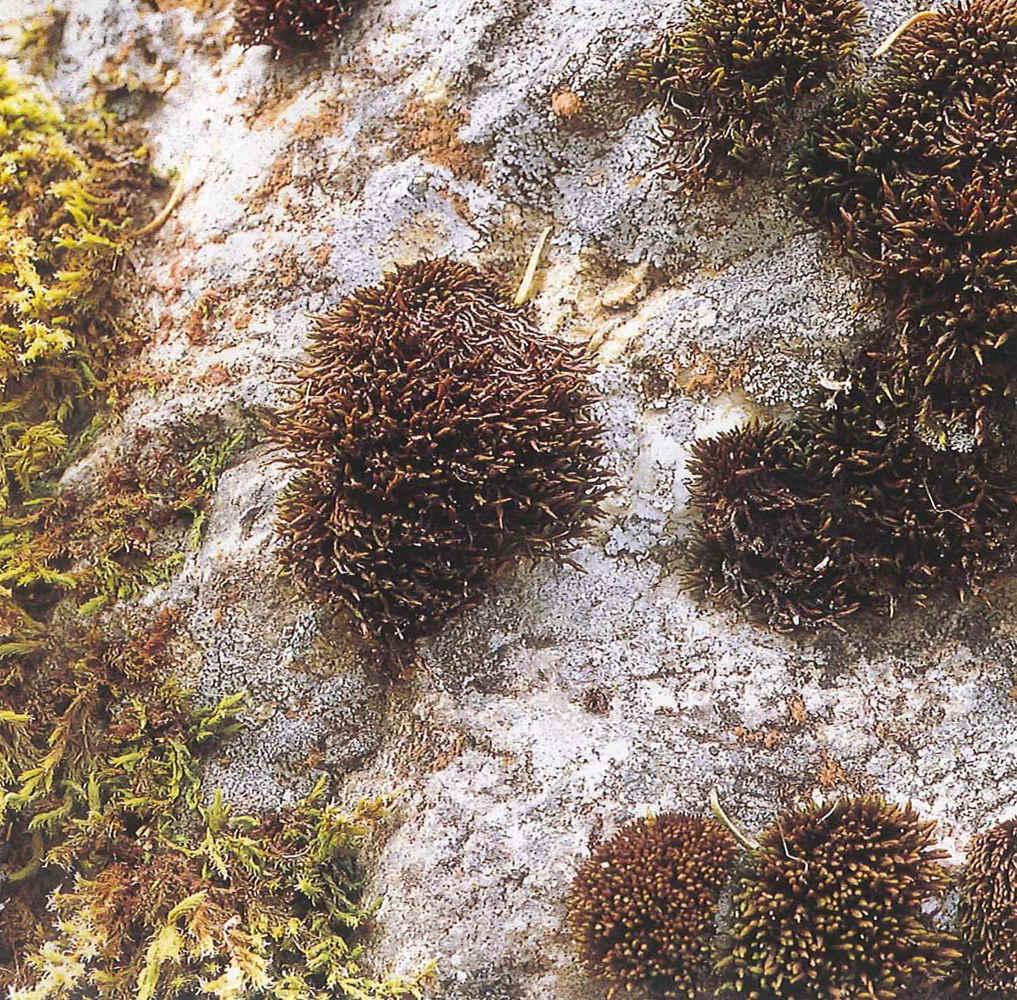
ba68d8b47c57c76e46532aece6b21e0f.jpg from: https://taieol.tw/pages/8470
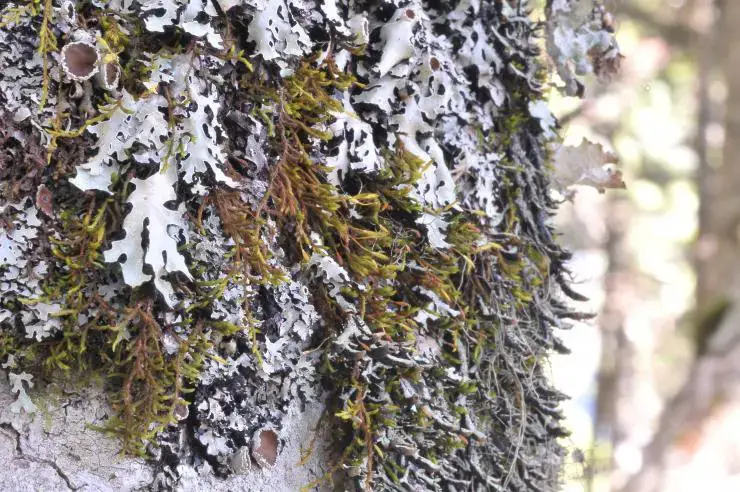
5856d54f21c593d9017a4c708465902e.jpg from: https://openmuseum.tw/muse/digi_object/944be5363af1050246cc941b5ca41998
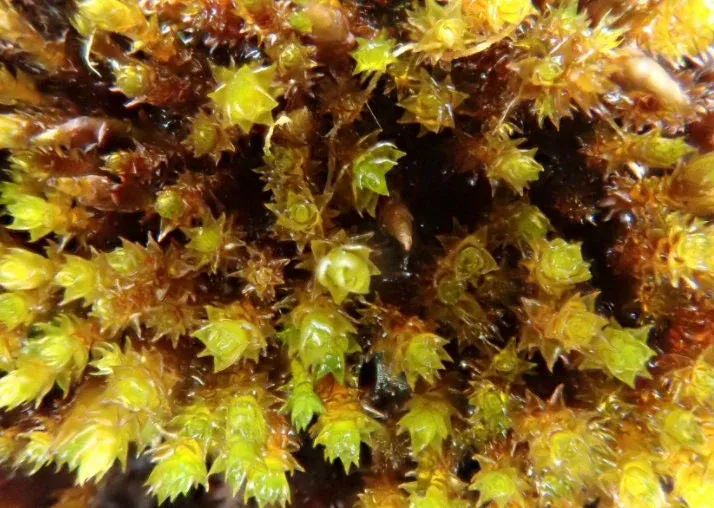
il_fullxfull.3021959034_bzf5.jpg from: https://moss-wholesale.com/products/terrarium-red-moss-andreaea-alpina-with-phytosanitary-certification-and-passport-grown-by-moss-supplier
| Character | Description |
|---|---|
| Plant size | 1-3 cm tall |
| Leaf size | 0.5-1.5 mm long |
| Leaf shape | Broadly ovate to ovate-lanceolate |
| Leaf margin | Entire |
| Leaf cells | Small, isodiametric |
| Seta | Short |
| Capsule | Blackish, ovoid, valvate |
| Spore size | 25-100 μm diameter |
Global Distribution and Habitat
Andreaea parvifolia has a wide global distribution, found on all continents except Antarctica. It grows on acidic rocks like granite and sandstone in montane to alpine habitats. The species is often found in exposed sites with high humidity but can tolerate periodic drying.
Ecological Roles and Adaptations
As a pioneer species, A. parvifolia plays an important role in primary succession on bare rocks. The dense tufts help trap dust and organic matter, building up a thin soil layer. This facilitates the establishment of other mosses and plants over time.
The dark coloration of A. parvifolia may help protect it from UV radiation in exposed alpine habitats. The species can also tolerate desiccation, an adaptation to periodic drying in its rocky microhabitats.
Conclusion
Andreaea parvifolia may be an unassuming moss, but it has a fascinating biology and plays a key ecological role. Next time you’re hiking in the mountains, keep an eye out for this tenacious little plant clinging to the boulders and cliffs. What other secrets might it hold?